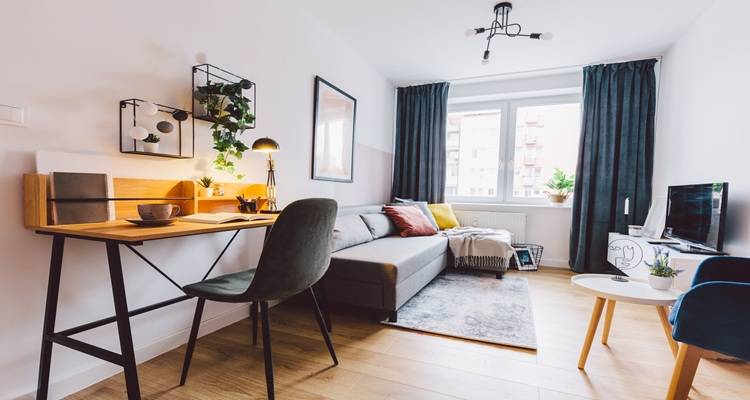Essential Ideas for an Amazing Low-maintenance Garden
Looking to achieve a low-maintenance garden? In this blog, we’ll look at some of the top ideas for keeping your garden maintenance requirements down, saving you time and money in the years ahead.
Let’s dive in!

Swapping Out Your Lawn
First swapping out your lawn, whether from the back garden, front garden or both can act as a great way of making your garden(s) lower maintenance.
As you’d imagine having your lawn replaced with structure like paving, decking, etc. can reduce your gardening maintenance since lawns generally need more time, money and care than the aforementioned structures.

There are many approaches worth considering when it comes to having your lawn swapped out. On the one hand, starting with your back garden, you may wish to have a paving or decking area installed and have much of or all of your lawn removed.
In some cases, a hybrid approach may be preferable where you have a combination of vegetation borders and human-made structure added (e.g. gravelled areas, paving stones. etc.).
If you’re interested in having your front lawn replaced, along with considering opting for a combination of grass and paving, you may want to look into the idea of hiring professionals to lay a driveway.
Plants That Last
When adding new plants, it’s helpful to add ones that have a long life expectancy and require limited maintenance.

Some standout examples of perennial plants that last include:
- Iris
- Peony
- Liriope
- Coneflower
- Daylily
- Baptista
- Phlox
- English Lavender
- Wallflower
- Hardy Geraniums
In general, it’s a good idea to consider flowers that bloom all year long including Begonia, Verbena and Geranium.
Whatever the case, just make sure that any plants you add are not poisonous to animals if you have pets. Other considerations to take on board include how different plants may look together in your home and how practical different options might be.
Mulching
Adding mulch to your lawn can help maintain your soil’s moisture as well as its overall health. Not to mention, it can also limit the growth of weeds.

In order to add mulch, you should follow the manufacturer’s instructions carefully. That said, if you want to perform it DIY and are unsure of what’s involved, you should consult with a local gardener for clarity.
When, where and how to mulch will depend on the type of mulch being used and how your garden is arranged.
Other Ideas to Take on Board
With the essential ideas already raised, here are some others worth considering:
- Consider where certain plants are located in relation to sunlight*
- Stick with a relatively simple layout and setup to keep maintenance low
- Have large plant pots added to utilise space with low-maintenance vegetation
- Swap out your lawn for artificial grass if you feel maintaining it is too time-consuming
- Look at investing into an automatic watering system

*The value of this is so that you can keep your time, energy and money spent on maintaining plants to a minimum by placing them strategically throughout your garden space.
Last updated by MyJobQuote on 22nd April 2024.







